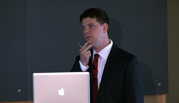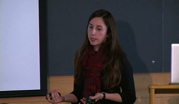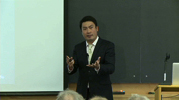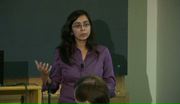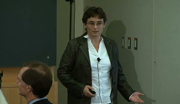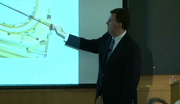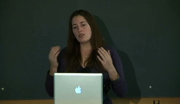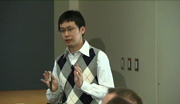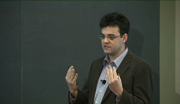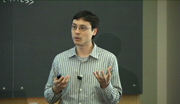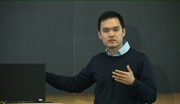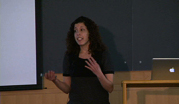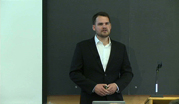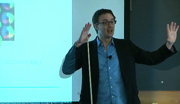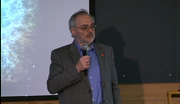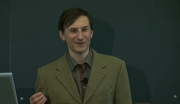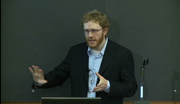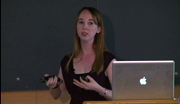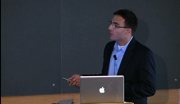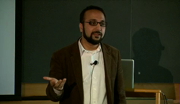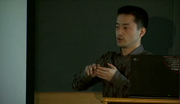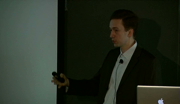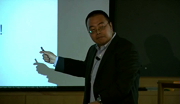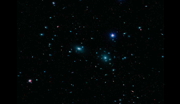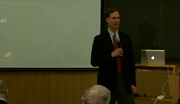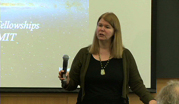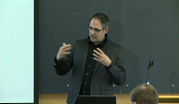9th Annual Pappalardo Fellowships in Physics Symposium
May 14, 2010
Applied String Theory: From Gravitational Collapse to Heavy Ion Collisions
Dr. Paul Chesler, 2009-12 Fellow (Nuclear & Particle Theory)
A remarkable result from heavy ion collisions at the Relativistic Heavy Ion Collider is that, shortly after a collision, the medium produced behaves as a nearly ideal liquid. The system is very dynamic and evolves from a state of two colliding nuclei to a liquid in a time roughly equivalent to how long it takes light to cross a proton. Understanding the mechanisms behind the rapid approach to a liquid state is a challenging task. In recent years, string theory has emerged as a powerful tool to study phenomena like this, mapping the dynamics of quantum systems onto the dynamics of classical gravitational systems. The creation of a quantum liquid is mapped onto the classical process of gravitational collapse and black hole formation. I’ll describe how I’m using string theory and numerical relativity to study processes which mimic heavy ion collisions.

